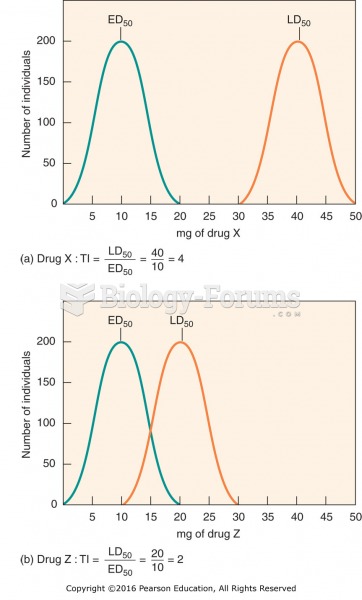|
|
|
Did you know?
Adolescents often feel clumsy during puberty because during this time of development, their hands and feet grow faster than their arms and legs do. The body is therefore out of proportion. One out of five adolescents actually experiences growing pains during this period.
Did you know?
There are more sensory neurons in the tongue than in any other part of the body.
Did you know?
Persons who overdose with cardiac glycosides have a better chance of overall survival if they can survive the first 24 hours after the overdose.
Did you know?
According to animal studies, the typical American diet is damaging to the liver and may result in allergies, low energy, digestive problems, and a lack of ability to detoxify harmful substances.
Did you know?
The average adult has about 21 square feet of skin.
 Taking a blood pressure is one of the procedures the medical assistant extern may perform under the ...
Taking a blood pressure is one of the procedures the medical assistant extern may perform under the ...
 Therapeutic index: (a) Drug X has a therapeutic index of 4. (b) Drug Z has a therapeutic index of 2.
Therapeutic index: (a) Drug X has a therapeutic index of 4. (b) Drug Z has a therapeutic index of 2.
 After all valves have been properly measured and adjusted as necessary, start the reassembly process ...
After all valves have been properly measured and adjusted as necessary, start the reassembly process ...




